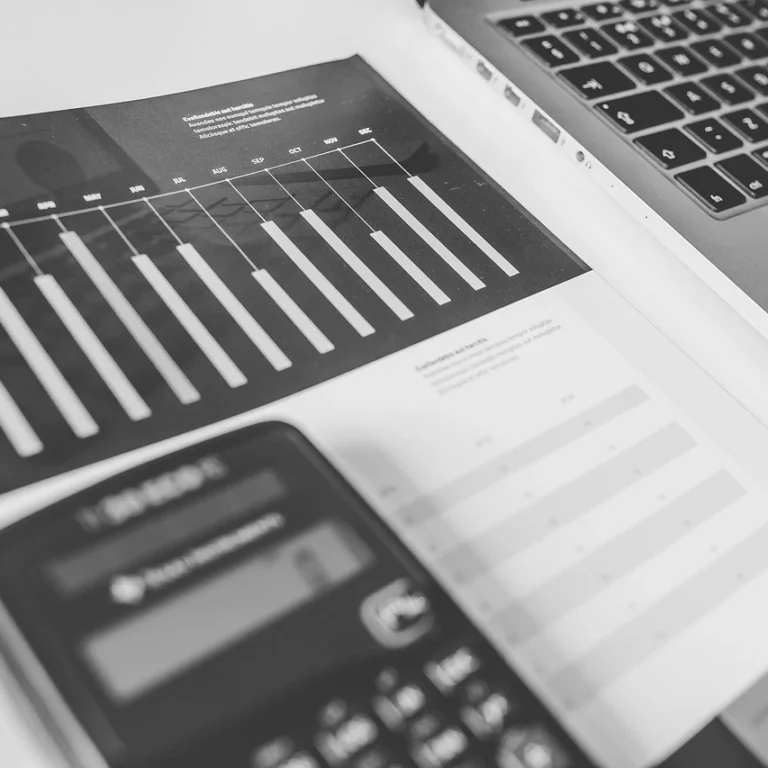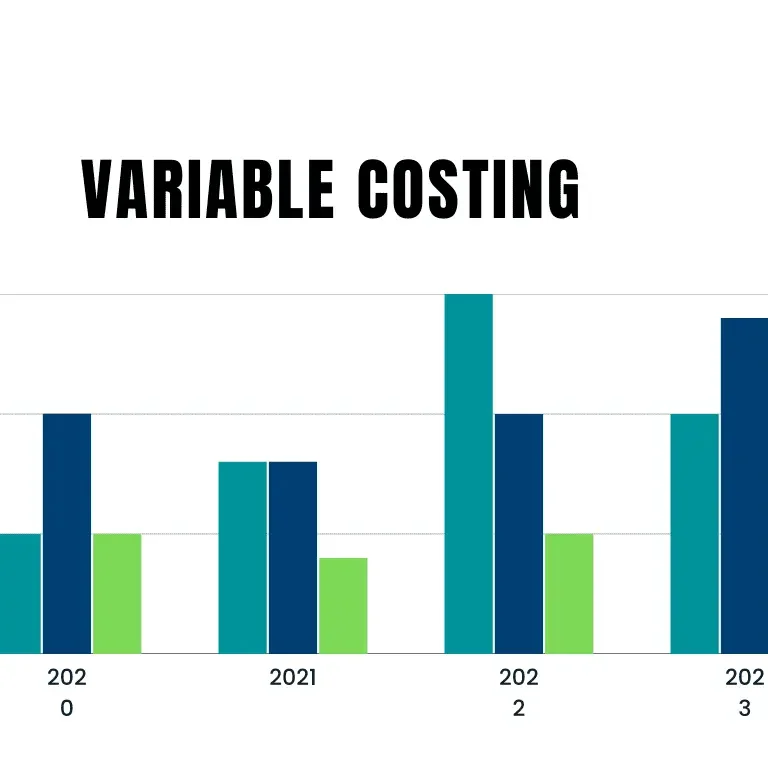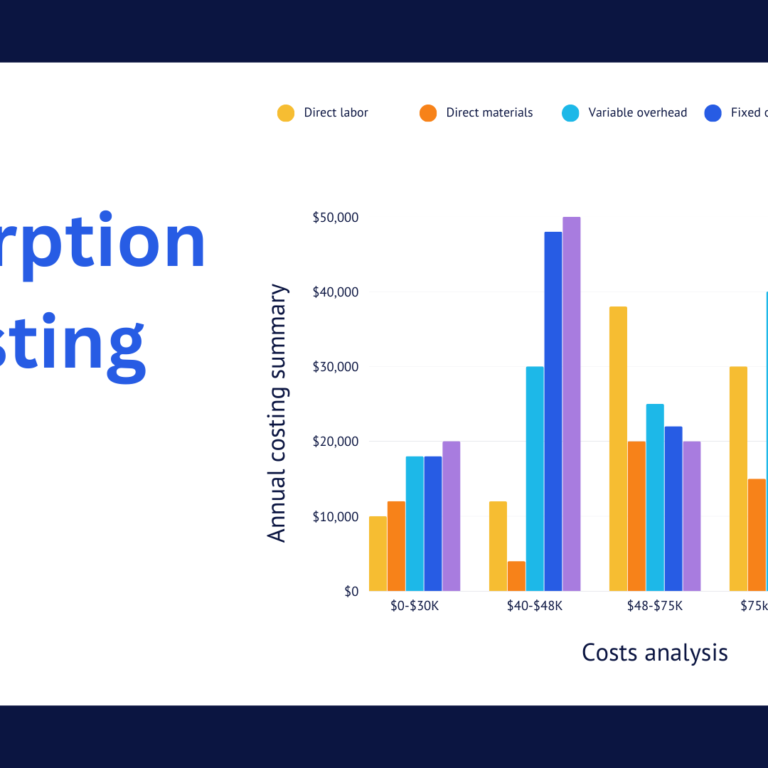What is standard costing?
Standard costing is a manufacturing accounting technique used by companies to establish predetermined costs for various resources, such as labor, materials, and overheads, involved in the production of goods or services. It starts with setting a standard or expected cost based on historical data, industry benchmarks, and internal performance targets. These standard costs serve as a benchmark against which actual costs are compared, allowing managers to assess and control operational efficiency.
By comparing actual costs to the predetermined standards, companies can identify variances and analyze the reasons behind them, enabling them to take corrective actions and improve cost management. Standard costing helps businesses make informed decisions, evaluate performance, and achieve cost efficiency and profitability.
Setting up of standard costing system
The process of setting up a standard costing system involves several steps. First, the company must identify and define the elements that will be included in the standards, such as direct materials, direct labor, and overhead. Afterward, historical data is collected and analyzed to determine the average or expected cost for each cost element.
This may involve reviewing past performance, and industry benchmarks, or conducting time and motion studies. The company then establishes standard quantities or hours for each cost element based on efficient production practices.
Once the standards are set, they are communicated to relevant departments and individuals responsible for production and cost management. Regular monitoring and analysis of actual costs against the standards are conducted, and any variances are investigated to identify the reasons behind them.
Companies can improve cost control, performance evaluation, and decision-making by implementing a standard costing system, which may be adjusted periodically to reflect changes in operating conditions or goals.
Practical example
Let’s consider an example of a manufacturing company that produces widgets. The company has determined the following standard costs for producing one widget:
Direct Materials:
- 2 units of material A at $5 per unit: $10
- 3 units of material B at $8 per unit: $24 Total Direct
- Total materials Cost: $34
Direct Labor:
- 1 hour of labor at a rate of $12 per hour: $12
Overhead:
- 2 hours of machine time at an overhead rate of $10 per hour: $20
Total Standard Cost = $34+$12+$20
Total Standard Cost: $66
Now, let’s assume that during a particular production period, the company produced 500 widgets. The actual costs incurred were as follows:
Direct Materials:
- 1,000 units of material A at $4.80 per unit: $4,800
- 1,500 units of material B at $7.50 per unit: $11,250 Total Direct Materials Cost: $17,010
Direct Labor:
- 500 labor hours at an average rate of $11.50 per hour: $5,750
Overhead:
- 1,000 machine hours at an average rate of $10.20 per hour: $10,200
Total Actual Cost: $32,960
Now, let’s calculate the variances:
Variance = Actual costs – Standard costs
Direct Materials Variance:
- Material A: (1,000 units × $4.80) – (1,000 units × $5) = $200 (Favorable)
- Material B: (1,500 units × $7.50) – (1,500 units × $8) = $750 (Favorable)
- Total Direct Materials Variance: $200 + $750 = $ 950 (Favorable)
Direct Labor Variance:
- (500 hours × $11.50) – (500 hours × $12) = $250 (Favorable)
Overhead Variance:
- (1,000 hours × $10.20) – (1,000 hours × $10) = $200 (Unfavorable)
- Total Variance: $950+$250-200 = $1,000 (Favorable)
Favorable variance means the actual cost is less than standard costs, while unfavorable variance means actual costs are greater than standard costs.
In this example, the company incurred a total favorable variance of $1,000, By analyzing these variances, management can identify areas where costs deviated from the expected standards and take appropriate actions to improve efficiency and control costs in the future.
Pros of standard costing
- Cost Control: Standard costing provides a benchmark for evaluating and controlling costs. By comparing actual costs to the predetermined standards, companies can identify cost variances and take corrective actions to minimize inefficiencies, waste, and overspending.
- Performance Evaluation: Standard costing allows for a systematic evaluation of performance. It provides a basis for measuring and assessing the efficiency and effectiveness of various departments, processes, and individuals within the organization.
- Decision Making: Standard costing provides reliable and consistent cost information that aids in decision-making. It helps managers assess the financial impact of different alternatives, evaluate the feasibility of new projects, and determine product pricing and profitability.
- Budgeting and Forecasting: Standard costing serves as a foundation for budgeting and forecasting activities. The predetermined standards facilitate the preparation of accurate and realistic budgets, enabling better financial planning and resource allocation.
- Continuous Improvement: Standard costing encourages a culture of continuous improvement within the organization. By monitoring cost variances and analyzing the reasons behind them, companies can identify areas for improvement, implement process enhancements, and drive operational efficiency.
- Performance Incentives: Standard costing provides a basis for designing performance-based incentives and reward systems. Employees can be motivated to meet or exceed the predetermined standards, resulting in improved productivity, cost control, and overall organizational performance.
Variance analysis
The variances refer to the differences between the actual costs incurred and the standard costs that are expected. These variances provide valuable insights into how well a company’s operations are performing compared to the planned or budgeted costs.
There are two main types of variances in standard costing:
Material Variances:
Material variances arise when there are differences in the actual cost or usage of materials compared to the standard expectations. For example, if the company uses more or fewer materials than anticipated or if the material prices differ from the standard rates, material variances occur. These variances help identify if the company is effectively managing its material resources and controlling costs.
Labor and Overhead Variances:
Labor and overhead variances occur when the actual labor hours or overhead costs deviate from the standard expectations. This can happen due to factors such as variations in worker efficiency, machine downtime, or changes in overhead rates. Analyzing these variances helps companies assess their labor productivity, efficiency, and overhead control.
By calculating and analyzing these variances, companies can identify areas where costs are higher or lower than expected, allowing them to take appropriate actions. Favorable variances, where actual costs are lower than standard costs, may indicate cost-saving opportunities or efficient operations.
Unfavorable variances, on the other hand, suggest areas where costs have exceeded expectations, enabling management to investigate the reasons behind the deviations and implement corrective measures to improve efficiency and cost control.
Cons of standard costing
- Complexity: Setting up and maintaining a standard costing system can be time-consuming and complex. It requires gathering and analyzing historical data, establishing standard costs, and monitoring actual costs regularly. This process may involve multiple departments and require significant coordination and effort.
- Lack of Flexibility: Standard costs are based on predetermined assumptions and may not accurately reflect changing market conditions or production processes. As a result, they may become outdated and less relevant over time. This lack of flexibility can limit the effectiveness of standard costing in dynamic and rapidly changing industries.
- Variances can be Misleading: The standard costing approach focuses on variances, which are the differences between actual and standard costs. However, variances alone can’t provide a comprehensive picture of performance. Managers cannot control factors such as changes in input prices or unexpected disruptions in production processes.
- Incentivizing Cost Reduction Only: Standard costing systems often prioritize cost reduction and may inadvertently discourage other important factors such as product quality, innovation, or customer satisfaction.
- Overemphasis on Historical Data: Standard costs are typically based on historical data, which may not accurately represent future conditions. Relying solely on past performance may limit the ability to adapt to new market trends, technological advancements, or changes in customer preferences.
- Labor Intensive: Standard costing relies heavily on accurate and timely data collection. This can be labor-intensive, requiring significant administrative efforts and potentially diverting resources from more value-added activities.




